Home »
Misc »
How to make a mini basketball
How to make a mini basketball
STEAM@Home: Make Your Own Basketball Hoop!
No application or registration needed.
Location
- Only virtual (online or over the phone).
Find an area where you can lay out materials and do some hands-on construction.
Additional information
Materials:
- A wire hanger. It cannot be a partially metal hanger made substantially of wood or plastic.
- A large, flat piece of cardboard.
- The tape of your choosing. Masking tape may be the easiest to work with; duct tape would certainly make the hoop durable.
- Markers or paint.
- Scissors.
- String (optional).
Instructions:
- Bend the wire hanger into a circle. You do not even have to dismantle the hanger, but just reshape it into a hoop.
- Bend the hook of the hanger so that it is at a 90 degree angle with the hoop. Do not cut away the hook, as it still can be of some use.
![]()
- Cut the cardboard to the size and shape of your liking. Standard high school, college, and NBA backboards are rectangular, if you are looking to replicate that appearance. Try to make sure the relative scale of the hoop and backboard seem reasonable. For comparative purposes, an NBA backboard is 6 feet wide, while the basket opening is 18 inches (1.5 feet). That means the basket width is 1/4 (or 25%) as wide.
- Decorate the hoop and backboard to your liking. Traditional hoops are painted red, but you can certainly customize it to fit whatever you desire. The backboard of most high schools, colleges, and all NBA franchises are now made of transparent glass; as there is no transparent cardboard, you can really be as creative as you want.
- Tape the hoop to the backboard. You can attach the hook (which you bent up earlier) to lower back side of the backboard. Make sure the rim is as close to the backboard as possible.
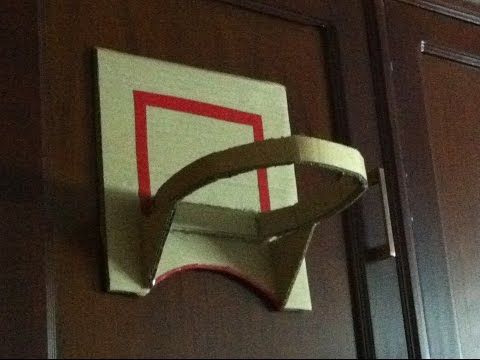
- Attach a net to the basketball rim (optional). You can make make a net out of string, or even out of twisted tape.
- Hang the completed basket to a wall or door. Masking tape will work well for this purpose, as it will not leave a sticky mess behind like duct tape would. There are two different taping methods you can employ.
This activity supports the practice of these STEAM Habits of Mind: Develop craft, engage & persist, observe, reflect, stretch & explore.
Tips for Supporting Your Children's Learning
Get your child actively involved in their own learning and having their questions drive the learning. Let them observe and figure out, and try to hold back from answering questions for them. Instead, try to ask: What do we know? What else can we find out? How might we figure that out? Don't be afraid to ask your child questions. Also, don't be afraid to say "I don't know--let's find out together!" as a way to respond to their questions.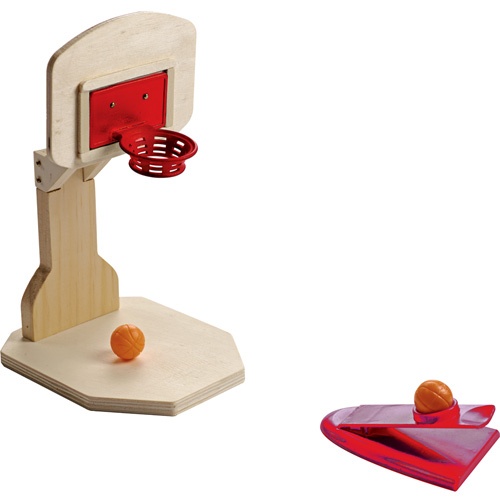 Here's an article to help you support this kind of learning: Of the Value of Saying I Don’t Know
Here's an article to help you support this kind of learning: Of the Value of Saying I Don’t Know
-----------------------------------------------------------------------------------------
Want to learn more about making your own sports equipment?
- Science Club for Girls at Home - Make you own sports equipment challenge
- Instructables - MYO Basketball hoops
More hands on activities and learning opportunities:
- Homecourt - basketball skill building app
-
Cambridge Public Schools Virtual Enrichment Recommendations
-
Parkour Generations - Classes
-
Department of Human Services Sports Leagues
More STEAM@Home suggestions!
STEAM Habits of Mind - observe, reflect, engage & persist, stretch & explore, imagine, develop craft
Miniature Basketball - Etsy.
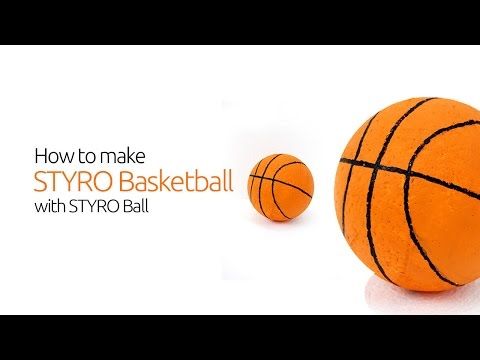
de
Etsy is no longer supporting older versions of your web browser in order to ensure that user data remains secure. Please update to the latest version.
Take full advantage of our site features by enabling JavaScript.
Find something memorable, join a community doing good.
(330 relevant results)
-
-
-
-
-
-
-
-
-
-
-
-
-
-
-
-
-
-
-
-
-
-
-
-
-
-
-
-
-
-
-
-
-
-
-
-
-
-
-
-
-
-
-
-
-
-
-
-
-
-
-
-
Benefits of playing basketball
Doctors and sports coaches have long been unanimous in saying that to maintain good physical shape, immunity and good feelings, it is not physical activity in itself that is important, but only those that bring sincere pleasure.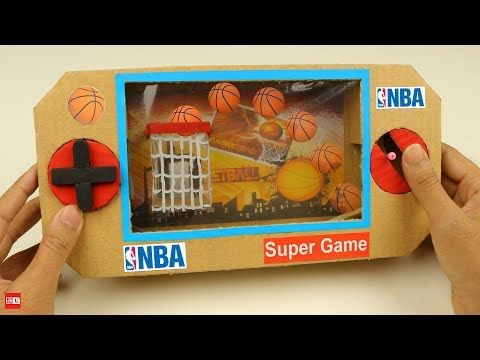 That is why recently game and team sports have become very popular. Communication with like-minded people charges you with a good mood, makes it possible to make new friends, and the game itself develops the necessary physical qualities.
That is why recently game and team sports have become very popular. Communication with like-minded people charges you with a good mood, makes it possible to make new friends, and the game itself develops the necessary physical qualities.
Basketball has received a new surge in popularity. It can be played both by large companies and by two people: in this case, one player acts as an attacker, and the other as a defender. If you couldn’t find a partner to play, then you can throw the ball into the basketball net alone - this is a great chance to work on the throw.
You can change roles from time to time. Specially equipped playgrounds can already be found in almost every yard and arrange a friendly competition there, and if suddenly there is no basketball hoop with a net yet, then they can be easily purchased at a bargain price from the SportStandard company.
Favorable exercise
According to numerous studies, cardio training is one of the most beneficial types of physical activity.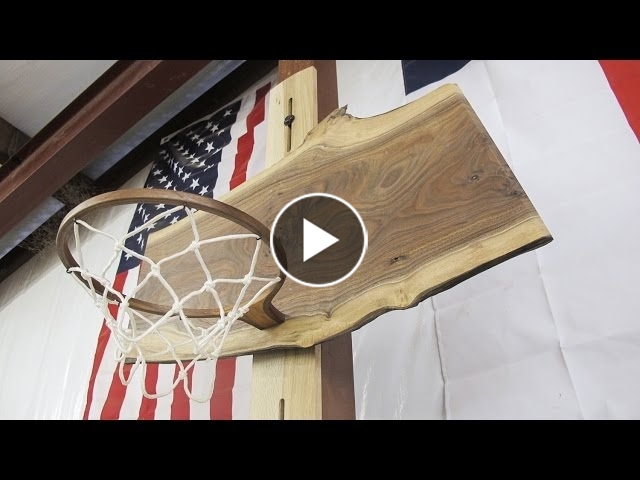 Moderate stress on the heart helps build stamina, prolongs vascular health, and lowers blood levels of cortisol, the stress hormone that interferes with a good mood. After some time of regular moderate basketball training, you may notice that it becomes easier to get to the desired floor without an elevator, your legs get tired more slowly when walking, and there is enough energy for all the planned activities.
Moderate stress on the heart helps build stamina, prolongs vascular health, and lowers blood levels of cortisol, the stress hormone that interferes with a good mood. After some time of regular moderate basketball training, you may notice that it becomes easier to get to the desired floor without an elevator, your legs get tired more slowly when walking, and there is enough energy for all the planned activities.
Moreover, it has long been proven that physical activity has a beneficial effect on mental abilities. “The best rest is a change of activity” is not really about the fact that if you have been sitting at the computer all day at work, then you need to lie on the couch to relax. The point is to alternate mental and physical activity, so rest will really bring the greatest benefit. Playing basketball with friends or just a few minutes of trying to hit a basketball hoop with a net is a great moderate cardio workout that your body will thank you for.
Benefits for men
Men quite often value the development of muscle strength in sports training, and basketball can help them with this.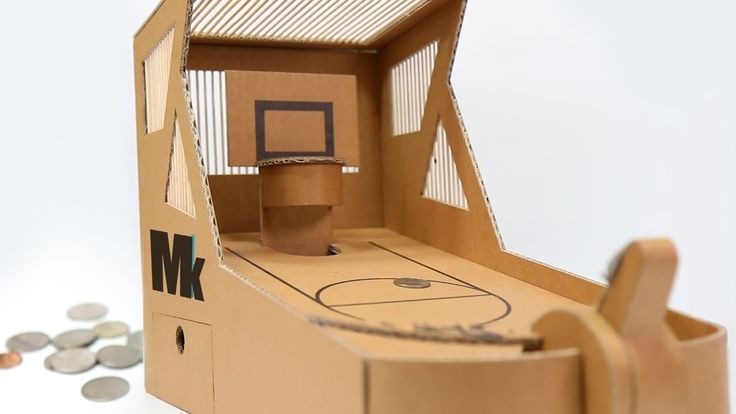 Although you don't need to lift weights while playing, the length and intensity of your workout increases muscle strength.
Although you don't need to lift weights while playing, the length and intensity of your workout increases muscle strength.
According to statistics, most often it is men who have joint diseases. Playing basketball regularly can help improve joint mobility, thereby prolonging joint health and reducing the risk of accidental injury.
For those who do strength training regularly, basketball can be especially beneficial. During the game, the speed of jerks develops, useful in any other sports.
Virtues for women
If sports training that is considered classic for developing flexibility (Pilates, yoga, ballet) does not suit you for some reason, you should pay attention to basketball. The game requires a certain flexibility from the participants and helps to develop it in the shortest possible time.
The success of a basketball match depends on the speed of the player's reactions.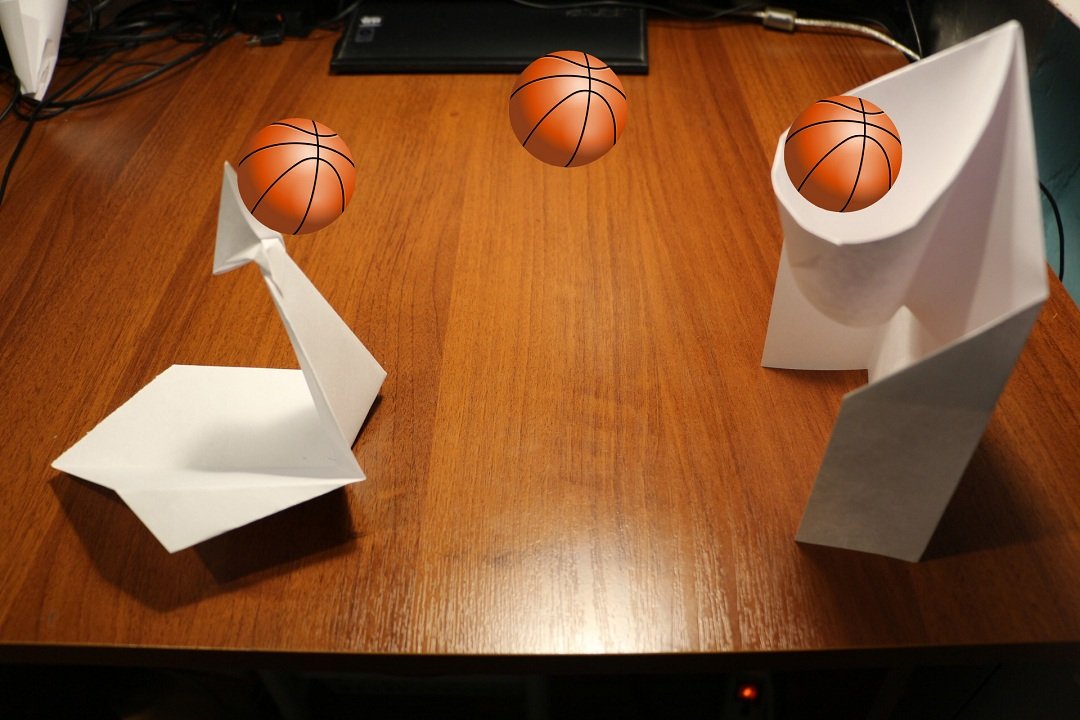 This is an inevitable consequence of regular team training. A high reaction rate can be useful in everyday life and career.
This is an inevitable consequence of regular team training. A high reaction rate can be useful in everyday life and career.
- Reduce stress in the body
The need to live and build a career in a big city can have a negative impact on the psyche. Failure to manage stress in an environmentally friendly manner often results in unpleasant physical symptoms such as migraines, insomnia, nausea, and weakness. This can be avoided by regular, comfortable physical activity, such as basketball. Sports will help you fall asleep faster and wake up easier and will be an excellent emotional release.
Game safety first
Even though basketball is a game, warm-up and cool-down should not be neglected. The ideal option is to consult with your doctor before incorporating active physical activity into your life.
Make basketball a part of your daily routine with the right equipment, such as a basketball hoop net. It can be easily ordered from the SportStandard company. Our experts will help you place an order for a basketball net and deliver it anywhere in Russia and even to St. Petersburg. A basketball net installed in the office or right in your yard will make the game an enjoyable part of your leisure time.
Our experts will help you place an order for a basketball net and deliver it anywhere in Russia and even to St. Petersburg. A basketball net installed in the office or right in your yard will make the game an enjoyable part of your leisure time.
Similar articles
- Field hockey: features of the game and equipment for it
- Protective nets: types and applications
- Important qualities that volleyball contributes to the development of
- Getting ready to play mini-football
- Regular exercise is a pledge good health
- Ice hockey for a child: pros, cons and recommendations
All articles
history, game rules, equipment and site requirements
Mini-basketball can hardly be called a very famous game, but it definitely has its popularity. It is played by children under 12 years old, for whom ordinary basketball is not quite suitable yet. This discipline can be called quite young compared to many other games.
Mini Basketball Rules
The basics of the game are in many ways similar to how big basketball is played, but the young age and short stature of the players, as well as some other features, led to the introduction of adjustments to mini-basketball. The basketball court, as in an adult sport, has a rectangular shape, and its sides are 28 and 15 meters. It must be level so that the players can move freely.
The main marking lines do not differ much from those on a regular basketball court, but there are some nuances: lines for free throws are drawn 4 meters from the backboard; also removed the throw line for three points.
All items needed to play mini-basketball are similar to standard ones, except for the ball, the weight of which should not exceed 500 grams with a circumference of 73 cm. It is usually covered with a cover of leather, rubber or fabric based on synthetic materials. The height of the ring fastening depends on the age of the players: 2.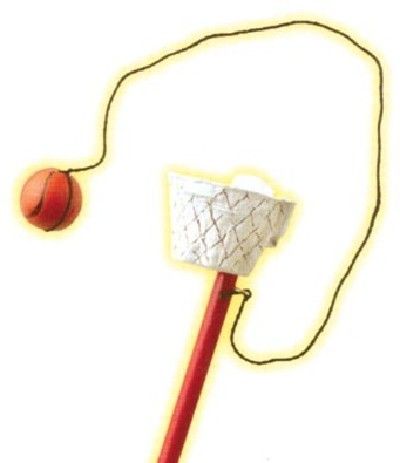 6 meters - for participants under 12 years old, 3.05 meters - for athletes from 12 years old and older.
6 meters - for participants under 12 years old, 3.05 meters - for athletes from 12 years old and older.
The composition of the judging panel is as follows:
- Two or three referees who monitor the progress of the game, point out violations and take into account points.
- The scorer who keeps the score sheet and records the scores and fouls that the teams have received.
- The timekeeper has the task of keeping track of time and, at the right time, notifying about the end of a period or match.
10 athletes from each side participate in the game, while there are 5 on the field, and the rest are waiting in line for replacement. The team is led by a coach who gives advice and directs player substitutions. The uniforms of the participants of one team must be of the same color, and the numbers must be applied to the jerseys on both sides.
Game progress
Usually a mini-basketball match consists of 2 halves of 16 minutes and a ten-minute break. The halves are further divided into 2 periods of 8 minutes, between which there is a break of 2 minutes.
The halves are further divided into 2 periods of 8 minutes, between which there is a break of 2 minutes.
According to the rules, the game is stopped when:
- a foul occurs - the player breaks the rules;
- have a dropped ball;
- period time expires;
- the player is injured or disqualified;
- the ball was returned from out;
- unsuccessful free throws;
- the judge gave a direct order.
The start of the 1st of the three periods starts from the moment when the referee throws the ball in the center of the court. At the moment when one of the athletes touches the projectile, they begin to count the time. With the beginning of the 2nd half, the opponents need to change sides of the field.
A player is credited with hits when he throws the ball into the basket exactly from above, while he needs to go through it or linger there. In this case, the team is awarded 2 points or 1 point on the free throw.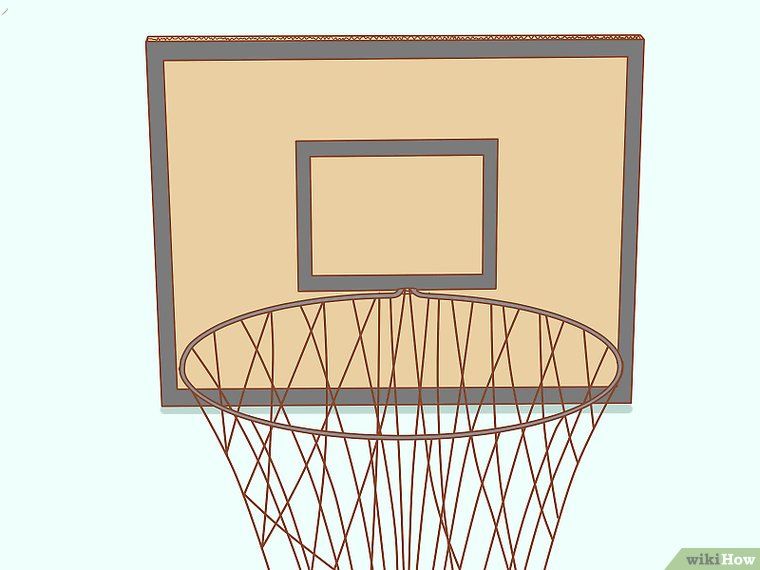 The game continues for another 5 seconds after a successful hit from any of the points of the end line. The ball is allowed to be touched only with hands. Violations are considered to be running with him and punching or kicking. Movement with the ball is permitted if the following conditions are met:
The game continues for another 5 seconds after a successful hit from any of the points of the end line. The ball is allowed to be touched only with hands. Violations are considered to be running with him and punching or kicking. Movement with the ball is permitted if the following conditions are met:
- While remaining in place, the player in possession of the ball has the right to move using only one foot, while the other works as a support. It is forbidden to tear it off the ground. The only exception is jumping while throwing the ball into the basket.
- Each moment of movement with the ball must end with a throw or a pass to another player on your team.
- The dribbler is only allowed to use one hand.
- A player has possession of the ball for a maximum of 5 seconds, after which it must be passed to a teammate or thrown.
The violation is not counted if the player unintentionally touches the equipment with his foot.
Fouls
In mini-basketball, the concept of a foul is provided - the moment when a player violates the rules of the game in case of contact with an opponent or inappropriate behavior.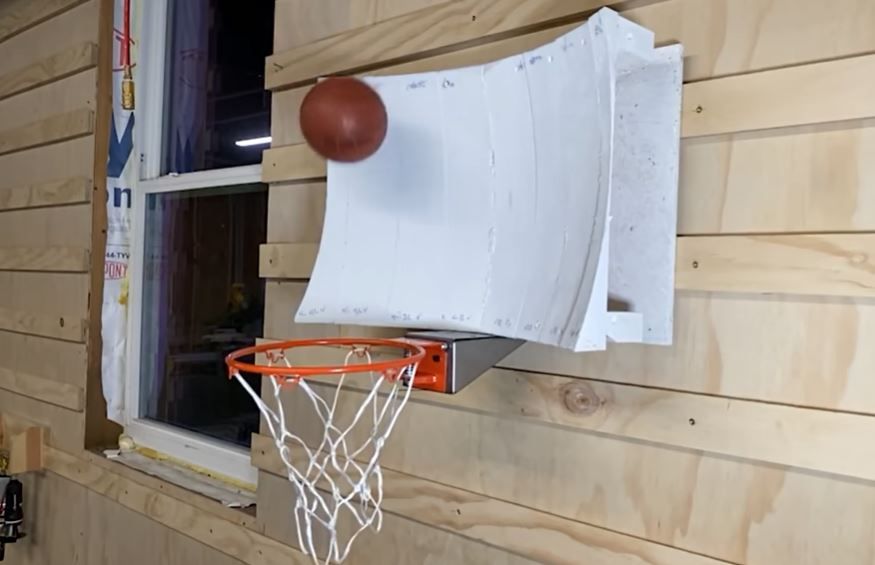 If a foul occurs, the referee awards a free throw. It is performed by the player who was the object of the violation of the rules. If an athlete is removed from the game for inappropriate behavior, the free throw may be taken by any member of the opposing team.
If a foul occurs, the referee awards a free throw. It is performed by the player who was the object of the violation of the rules. If an athlete is removed from the game for inappropriate behavior, the free throw may be taken by any member of the opposing team.
According to the rules of the game, a foul is recognized:
- Opponent blocking;
- Attempts to push;
- Holding a player;
- Footrest support;
- Interfering with the movement of a player of the other team;
- Other rough tactics and inappropriate behavior.
In the event that a foul is committed against a player who did not throw the ball into the basket, then the projectile must be passed to this athlete and thrown from outside the area. Otherwise, the player who threw the ball is given the opportunity to take two free throws. The throw is not required if the ball went into the basket during the registered infringement. In this case, the opposing team introduces a projectile into the game from behind the end line.
Get new forecasts: Vkontakte and Telegram .
Mini-basketball ethics require players to treat their opponents with mutual respect. An athlete who violates these conditions is given a warning, and the opposing side is given the opportunity to make two free throws. In the event of a repeated foul, the player is removed from the court. A participant with five personal infractions must leave the game, after which a substitution is made.
Training Basics for Beginner Athletes
In the case when the group includes children aged 6-7 years, the training should develop the abilities associated with active movement. For this, exercises in jumping, running and catching the ball are used. With the achievement of the age of 8-9 years, the study of the techniques of playing mini-basketball and the main techniques in it is gradually added to classes based on movement: how to dribble, throw and pass the ball, as well as initial defense tactics.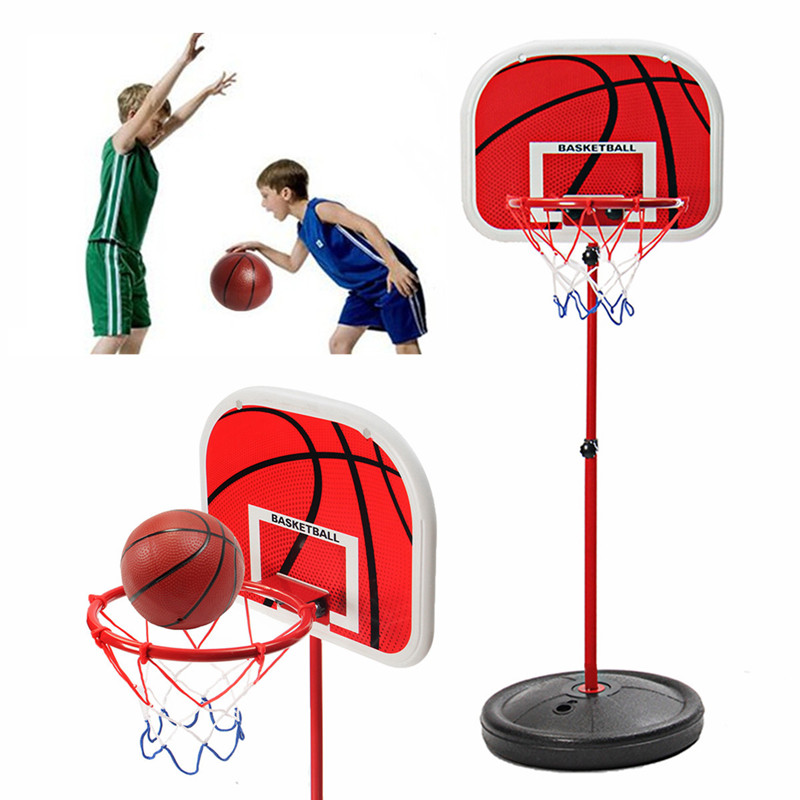 At this stage, children already need to understand and master the functions of attack and defense.
At this stage, children already need to understand and master the functions of attack and defense.
When young athletes turn 10-12 years old, the basics of basketball begin to improve: mastering the analytical component of the competition, learning to assess the situation on the site and change their role depending on the position on the field. After all, the ability to choose the right tactics during the match will always be useful.
The third stage of training, when the basic skills in basketball have already been formed, is to conduct basic games in the formats 1:1, 2:2, 3:3, 4:4 with a gradual transition to the 5:5 format. By this time, children should show understanding and techniques of play. In fact, this stage is the beginning of the most conscious training. The main skills are:
- do not run while holding the ball;
- not start dribbling again after the ball has been picked up during play;
- be able to quickly figure out what to do with the ball after taking possession of it;
- the ability to defend against an opponent who is trying to take the ball away;
- the ability to beat the opposing team.
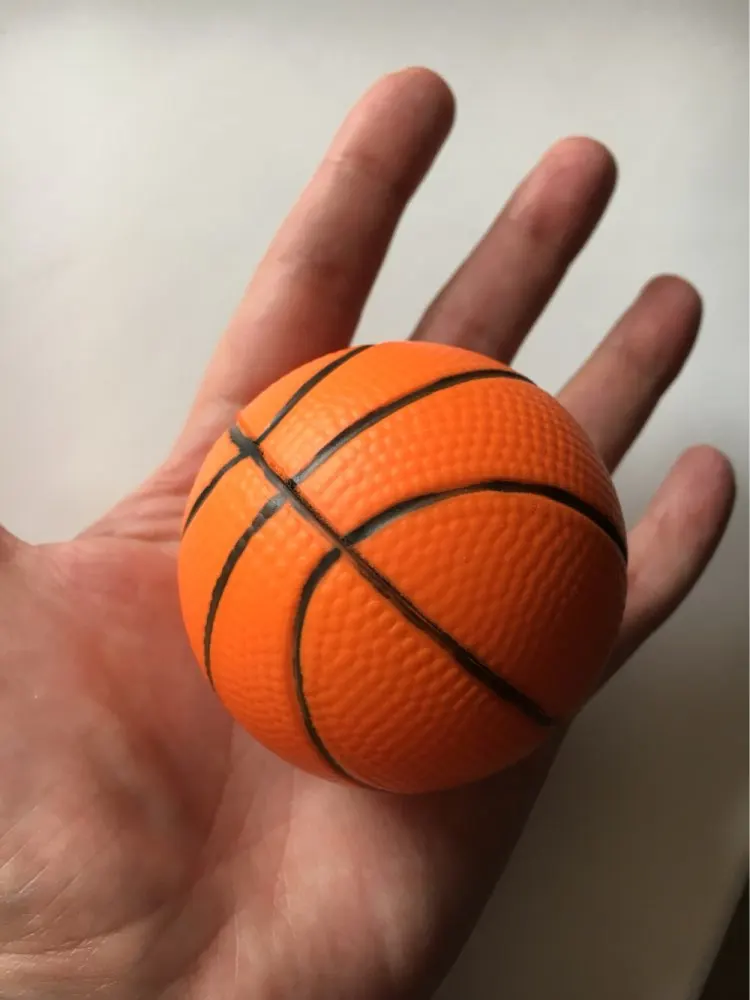
The main task of a coach is to control the actions of novice athletes during the competition: to observe how each of the players behaves on the court, to notice their strengths and weaknesses, to draw up a program that will allow his wards to improve. Under the supervision of a professional, children can progress, developing their basketball skills more harmoniously.
Thus, mini-basketball can be called an excellent game for children who are keen on sports. It will help them not only to get a useful and interesting hobby, but also, if they wish, to develop talents for a successful career in big basketball. Therefore, if the child shows interest in the ball, you can try to introduce him to this exciting game.
Game history
Mini basketball was invented in 1948 by American teacher Jay Archer. According to rumors, the main idea of the game came to him when Jay accidentally looked at a basketball game from the other end of the binoculars. Seeing how actively the miniature silhouettes of the players run, the man thought that basketball could be adapted for those who are shorter than the average player - children. Then Jay decided to lighten the balls and move the rings lower for greater convenience.
Then Jay decided to lighten the balls and move the rings lower for greater convenience.
At that time his thoughts were not developed properly. Only in 1967, the main representatives of big basketball, Frenchman R. Busnel, Spaniard A. Lopez and Englishman W. Jones, supported the initiative to introduce this sport. A year later, with the support of the International Basketball Federation (FIBA), the International Mini-Basketball Committee was created. Thus began the path of the game as a discipline for different countries.
International Mini Basketball Committee, later renamed FIBA Mini Basketball, from 19For 91 years he was a regular organizer of international festivals called "Jamboree". This word was taken from history, and specifically from the period of time when the tribes of the Indians held general meetings to demonstrate their best representatives, their abilities, level of knowledge and achievements.
Like the Indian tribes, the FIBA Eurocommittee Mini-Basketball from year to year began to invite teams from most European countries.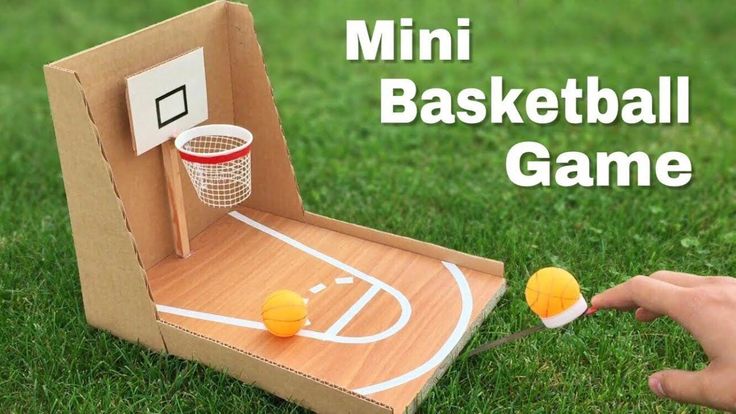 According to the Jamboree competition policy, none of the teams was considered a loser. One of the main mini-basketball slogans written by FIBA is the phrase: “Playing mini-basketball is fun and not a competition!” During the changes in the structure of FIBA in 2002, the mini-basketball committee ended up as part of one of the federation's commissions.
According to the Jamboree competition policy, none of the teams was considered a loser. One of the main mini-basketball slogans written by FIBA is the phrase: “Playing mini-basketball is fun and not a competition!” During the changes in the structure of FIBA in 2002, the mini-basketball committee ended up as part of one of the federation's commissions.
As far as the history of this sport in Russia is concerned, games like mini-basketball were originally played without general approved rules or the organization of official matches. Especially often they were arranged in the Baltic republics. The mini-basketball organization was created only in 1973 with the support of the USSR Basketball Federation. This decision became the starting point for holding official events for teams of young athletes. For the first time the mini-basketball festival of the USSR was organized in Leningrad.
Such events were not regular. The most memorable of them can be considered the congress in Namangan, Uzbekistan, where the best teams from almost all the republics of the Soviet Union gathered.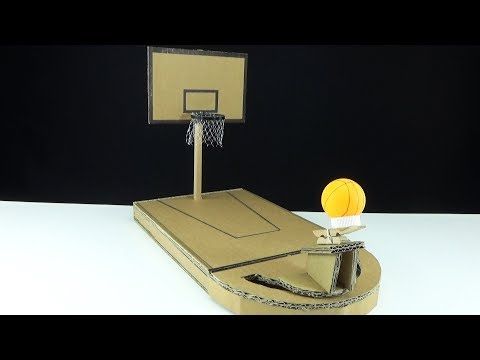 It is also worth noting that many major festivals were organized with the help of the Russian Council of the DSO "Spartak", headed by a member of the FIBA Central Bureau Boris Nikolayevich Ivanov. He can be called the main supporter of the idea of organizing a children's mini-basketball club, capable of raising the game to a higher level with the help of the basketball federations of the republics, local authorities and people.
It is also worth noting that many major festivals were organized with the help of the Russian Council of the DSO "Spartak", headed by a member of the FIBA Central Bureau Boris Nikolayevich Ivanov. He can be called the main supporter of the idea of organizing a children's mini-basketball club, capable of raising the game to a higher level with the help of the basketball federations of the republics, local authorities and people.
For example, in the city of Podolsk, Moscow Region, on October 21, 1990, the All-Union Club "Minibasket" was founded at the first All-Union Conference. Representatives of Moscow, St. Petersburg and several republics of the USSR elected BN Ivanov as the first head of the club. At the same event, a representative of the Belarusian delegation, Tamara Sokolskaya, compiled a detailed program for teaching children to play basketball at the age of 5.
After the collapse of the USSR, the Minibasket club became the main organization involved in this sport in the Russian Federation. With his support in the city of Lyubertsy at 19In 1993, the first Russian mini-basketball cup was organized. The main idea of the new tournament was as follows: to gather the leading teams of the country at the end of the year to determine the best teams and players among them. Such competitions were considered as the initial selection for the main teams in Russia when moving from a younger age group to an older one, which helped the coaches find new personnel. Many famous adult basketball players started their careers in mini-basketball training at a young age.
With his support in the city of Lyubertsy at 19In 1993, the first Russian mini-basketball cup was organized. The main idea of the new tournament was as follows: to gather the leading teams of the country at the end of the year to determine the best teams and players among them. Such competitions were considered as the initial selection for the main teams in Russia when moving from a younger age group to an older one, which helped the coaches find new personnel. Many famous adult basketball players started their careers in mini-basketball training at a young age.
In addition to the Cup of Russia, the Minibasket club holds various events related to this sport discipline: from street mini-basketball championships to international tournaments. The best Russian teams have won several times at the largest international competitions organized by FIBA.
Betting theory
Sports predictions or office work? It's no secret that you can make good money on sports betting.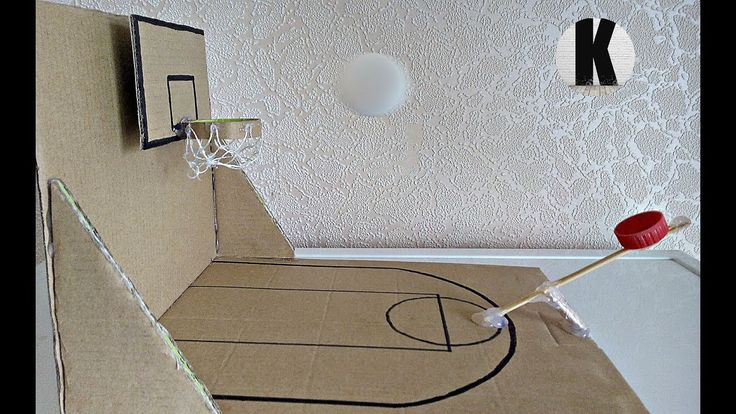 And yet still...
And yet still...
Secrets that will help you beat the bookmaker in tennis Tennis has a number of specific features compared to other sports...
How to choose a horse for a race prediction? When making forecasts for horse races, players use a variety of strategies and...
What should be the passability of sports forecasts? Why is 10% patency often better than 90%? Permeability is a term that characterizes...
All about sports
4 biggest fan fights Fights between football fans are quite common. There is even a certain category of people to whom...
Igor Moskvin. Cause of death Date of birth: August 30, 1929 Date of death: November 10, 2020 Age: 91 years old. Profession: trainer...
Paragliding: relaxation, extreme and freedom in one discipline “Why don't people fly like birds?” This question from Katerina from Thunderstorm.